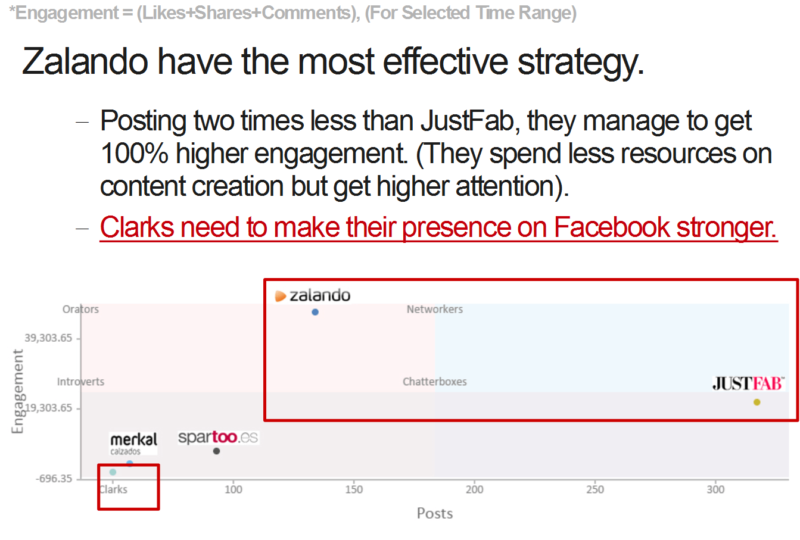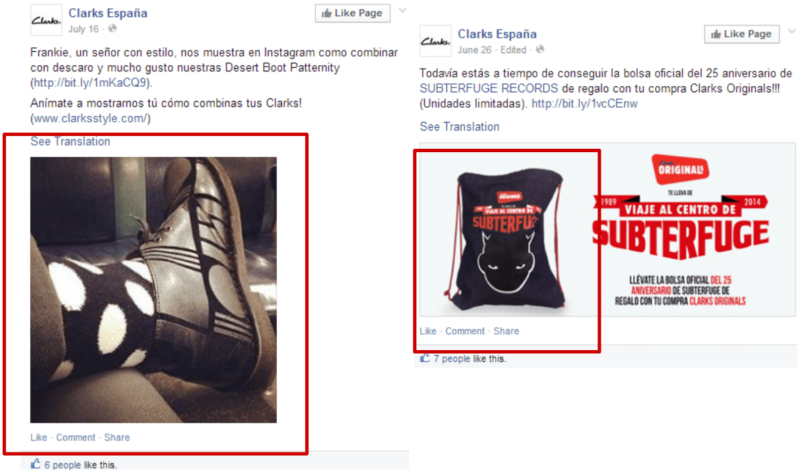How Social Campaign Audits Can Inform Your SEO
While not a direct ranking factor in Google's algorithm, a strong social presence can still help bolster a brand's search visibility.

Social has continued its growth trajectory into a key marketing channel for businesses, but what impact — if any — does it have on your SEO campaign? And can we improve our measurement of social success?
Though Google’s head of webspam Matt Cutts has repeatedly stated that social media signals do not currently influence SEO rankings (and though Google has recently dropped authorship annotation from its search results pages), Google remains invested in understanding social/authority signals and incorporating these signals into its algorithm on some level.
The expectation that Google will increasingly shift algo weight towards social signals — from any source — remains a driving force for the adoption of improved social media campaigns in the digital marketing blend.
But, in fact, there is already plenty of benefit to closely monitoring social success for SEO benefit.
Driving Traffic & Capturing Backlinks
The obvious areas of indirect influence for SEO are increased visibility for your landing pages and a concomitant increase in backlinking. But how can we improve on this process by adjusting social activity?
Assessing performance requires a benchmark, and in social circles nothing beats comparison with your direct competitors. The excellent TrueSocialMetrics (TSM) provides this competitive intelligence and is my current tool of choice for social campaign analysis.
Let’s walk through an example analysis using European footwear brands because, hey, I like shoes! I’m also a huge Clarks shoe fan, so I’ll walk them across Europe (pun intended…sorry!).
TSM uses conversion, amplification and applause rates to normalise across multiple social media platforms (a Facebook Like and a Google +1 are both “applause,” for example).
Taking a look at Spain, and comparing Clarks against a few of the stronger European shoe retailers, we can see that sheer volume of followers makes amplification and applause rates easier to achieve.

With a lower follower count, Clarks struggles to get traction against its Spanish social media activity.
In fact, we can see that Zalando has an excellent overall engagement rate (Likes + Shares + Comments) across Facebook in Spain, getting twice as much engagement for half as many posts as their direct competitor JustFab.

Excellent Facebook activity in Spain pays off for Zalando with twice as much engagement for half the effort of their nearest competitor.
Running a set of 500 generic Spanish terms through Searchlens gets the relative rankings for these two and shows Zalando is very strong for the all-important top three positions. (On desktops, 83% of page one organic clicks in Google go to the top 4 listings.)

Zalando and other brands with strong social media presence in Spain – Sarenza especially – outperform Clarks.es for the most valuable 500 organic search terms in the industry.
Where Clarks does do well for engagement, they use classic styles with a clear image and short statements, usually relating the item to Summer fashion.
Unsuccessful posts tend to not use the classic style, and are darker in tone generally.

Less successful are darker-toned images.
So what does Zalando do so well? They give fashion advice along with their product images.

Fashion tips go down well for Zalando’s audience on Facebook in Spain.
We can dig into our analytics at this point to run calculation on actual traffic driven from each network, and take the social post landing page URLs for backlink exports from Google Webmaster Tools to be tracked over time.
Using this approach, you’ll be able to show a direct correlation between backlinks gained and social traffic. As a bonus, of course, you’ll be able to tie direct sales back to your social campaign at this stage, too.
Given we know that backlinks are integral to SEO performance, we’ll be improving our site performance by taking the learning from our simple social campaign analysis above (use classic images, with a light sunny style, and combine them with accessory or outfit combinations) to build our organic backlink profile naturally at a faster rate over time, thanks to our improved social campaign.
Contributing authors are invited to create content for Search Engine Land and are chosen for their expertise and contribution to the search community. Our contributors work under the oversight of the editorial staff and contributions are checked for quality and relevance to our readers. The opinions they express are their own.
Related stories
